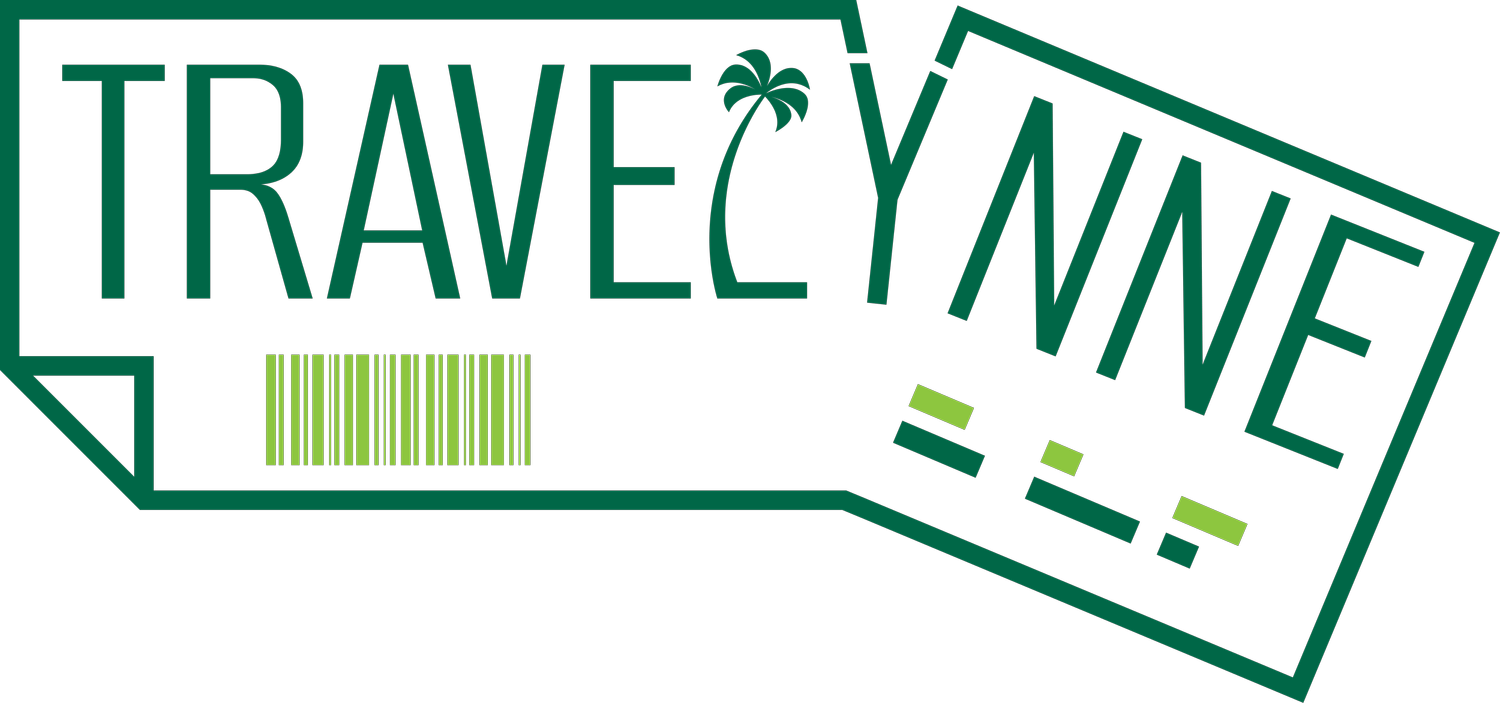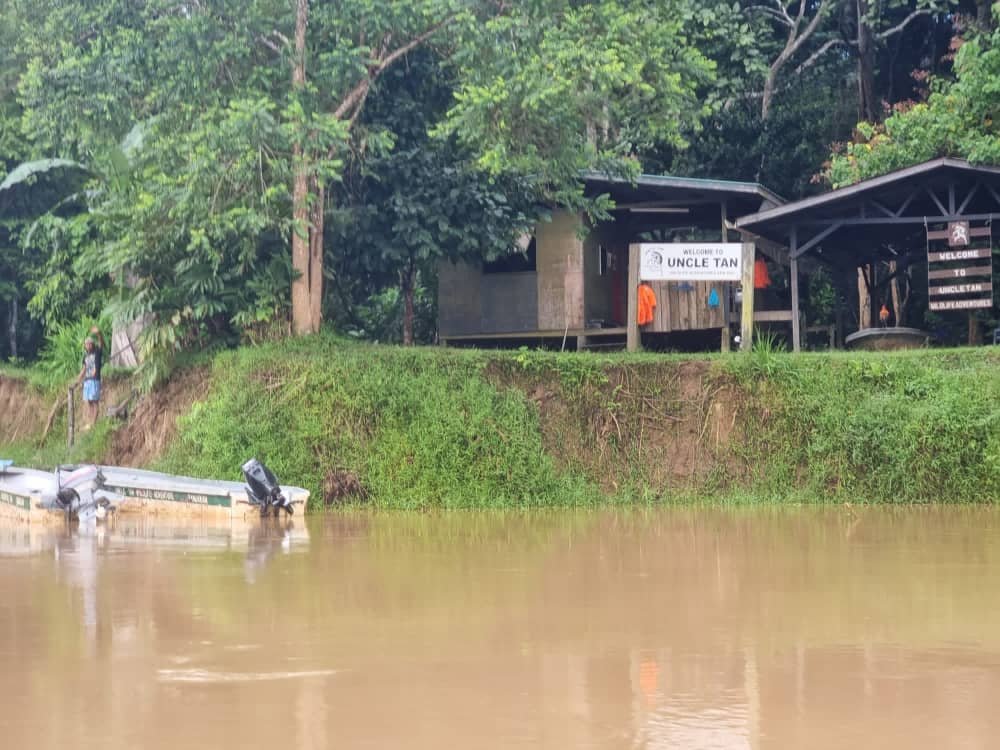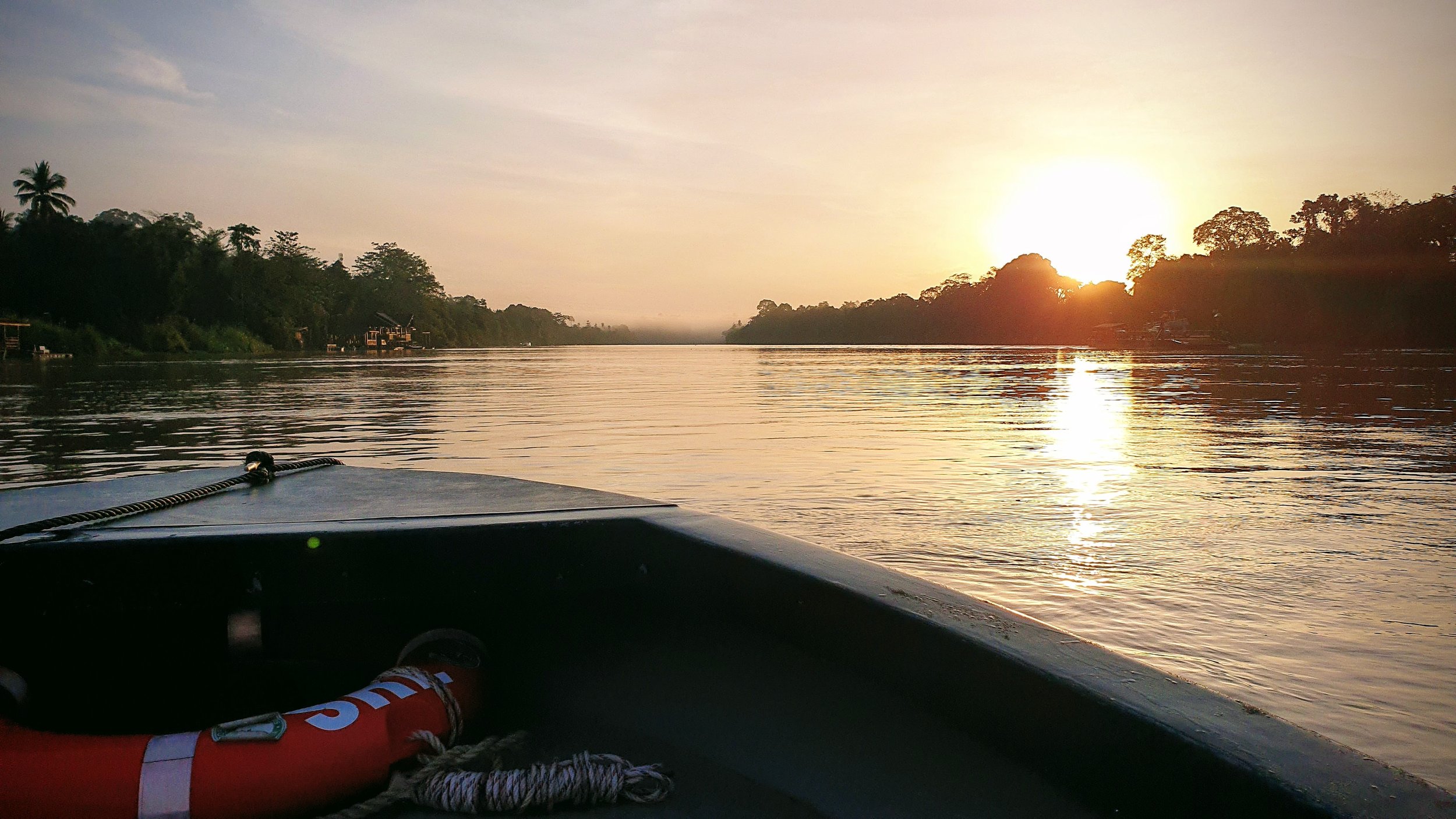Where to Stay on the Kinabatangan River in Sabah, Malaysia
Malaysia’s Bornean states are filled with hidden gems where you can discover unique wilderness and total serenity.
Eastern Sabah holds a special place in my heart for its welcoming hosts and opportunities to spot wildlife in their natural habitat. For example, on the Kinabatangan River, you have the chance to spot elephants, hornbills, orangutans and eccentric proboscis monkeys. In a region suffering from habitat loss, the Kinabatangan River beams with life.
Taking part in tours through reputable eco-lodges on the river can help support ecotourism, which is a major economic activity for locals. All the while, you can get an unforgettable experience and help protect this precious environment.
The first step to planning your Kinabatangan River safari is to book your accommodations at an ecolodge or camp. Once booked, they’ll make your arrangements for transportation, a nature guide for river safaris and jungle walks, and meals.
Choosing where to stay on the Kinabatangan River
You have many options for where to stay along the 560 km-long Kinabatangan River, particularly in the areas of Sukau, Bilit, and Abai. There are camps, research lodges and luxury lodges - so you can have your pick based on your budget and what type of adventure you’re up for. According to Borneo Calling, Abai (lower Kinabatangan) tends to have quieter lodging, Sukau has greater options for lodging, and Bilit’s lodging tends to be more basic (which could mean more budget-friendly).
I stayed at (and loved!) Sukau Eco Camp, which is ideal for solo travellers on a low- to mid-range budget. Sukau is mid-way through the Kinabatangan and I would happily recommend this area - but honestly, I’m sure all areas of this river are beautiful.
Here are a few camps to consider along the Kinabatangan River depending on budget and whether you’re looking for comfort, luxury, adventure or conservation:
For the comfort & budget-conscious: Sukau Eco Lodge
Sukau Eco Lodge is mainly intended for researchers and students to stay, but they welcome tourists as well. Luckily for me, they offered to open at the last minute when my original reservation was suddenly cancelled! Exceptionally, this meant I was the only guest there for two nights, hosted by two lovely Sabahan women who took care of the lodge and the cooking.
This lodge is a great budget option - I can’t recommend it enough for solo travellers! I loved having my meals - simple and delicious rice, curry, chicken and/or plantains - sitting on the porch overlooking the river. The rooms each have two single beds with mosquito nets and a wardrobe. Bathrooms are shared but are clean and spacious. Bonus: they even allowed me to use the laundry machine, which I desperately needed (although don’t underestimate how long it takes for things to dry in the humidity of the jungle!).
Sukau Eco Lodge is perfect for those who want lodge comfort on a camp budget. I’m so grateful I was able to experience this place, with its warm hosts, fried plantain, and Canadian cottage vibe.
For the luxury nature lover: Sukau Rainforest Lodge
Sukau Rainforest Lodge is the neighbour and sister lodge to Sukau Eco Camp, where I stayed. It’s a world-class nature lodge, which has been recognized by National Geographic and has hosted the likes of David Attenborough and BBC Nature teams. My guide, Suhailie, took me here one afternoon for a stroll along their jungle walkway. He taught me about the variety of endemic different plants and we marvelled at intricate liana - woody vines that wrap themselves around trees to reach up towards hints of sunlight peeking from the canopy.
As chance would have it, Lucky, the resident orangutan at Sukau Rainforest Lodge, made an appearance within 10 minutes of walking around the property. Lucky tends to hang out high in the trees around the lodge with her two children. She swung from vines and looked at us curiously from above. I didn’t see her children, but am told they often make appearances!
The room and villa options are beautiful and offer much more privacy than the other options on this list - including your own bathroom. They even have a pool and a beautiful restaurant on the river which has a buffet table. I have no doubt Sukau Rainforest Lodge continues to live up to their great reputation.
For the high adventurer: Uncle Tan’s Wildlife Adventures
I was originally meant to have a high adventure stay at Uncle Tan’s Wildlife Adventures, a highly rated camp (4.8 stars on Google) located on the Kinabatangan River, near the Lokan River. This camp is very remote compared to other accommodations listed here - it’s two hours drive from the city of Sandakan and then a one-hour boat ride away.
What interested me about Uncle Tan’s, besides the rave reviews, was the remoteness of it and the opportunity to enjoy a few days of very simple living in a hut surrounded by nature. I loved the idea of stargazing, no phone signal, easygoing people, and a campfire at night - one of my favourite Canadian summer activities!
Unfortunately, I was travelling just as the pandemic was easing off, and they had to shut down last minute due to a covid-19 case. Even so, they provided me with a contact at Sukau Eco Camp, which ended up working out for me.
While I can’t attest to Uncle Tan’s first-hand, if you’re into high adventure, I definitely recommend looking into it! I do hope to go one day. Meanwhile, if you’ve stayed here before, shoot me a message, I’d love to hear about it.
For the do-gooder: Tungog Rainforest Eco Camp
Not only does Tungog Rainforest Eco Camp (aka TREC) seem exceptionally well-designed for low environmental impact, but they offer a number of activities to help visitors get better acquainted with nature and conservation while they’re there. If you check out their jungle stay packages, you’ll find some that include not only a guide for river cruises, nighttime jungle walks and bird watching, but also activities like tree planting, visiting a nursery, and visiting the Batu Tulug Ancient Burial Cave to learn more about culture and history in the area.
This camp was recommended to me by River Junkie - the company I booked my Mount Kinabalu climb with. I strongly considered staying here when Uncle Tan’s had to cancel, but unfortunately, with the pandemic, my transportation options were too limited. If you’ve stayed here, please message me, I would love to hear about your experience!
What to expect from your stay
Based on my research, almost all of the ecolodges and camps on the river include accommodations, boat transportation, nature guides and meals. This makes sense because once you arrive, you really couldn’t get anywhere on your own. You need access to a boat and you need an expert guide to help you spot as much wildlife as possible! Still, be sure to check these details with your lodge or camp before you go.
Remember that you’re venturing into the jungle, so expect some pests and expect weak (or no) phone signal.
Surprisingly, I actually didn’t get bothered by mosquitoes much, and normally they love me! But I’m sure this can be a problem in some areas, as well as flies and ants. You’re in the jungle, it’s inevitable, so just be prepared with repellent and after-bite.
This is your chance to disconnect and enjoy nature! At Sukau Eco Lodge, I had one bar of phone signal, but many places here won’t have any signal, and we should just embrace that, no? Soak it up - allow yourself to decompress and enjoy your surroundings. I promise they’re better than whatever you’re doom scrolling.
Nature Guides and Tours
Having a nature guide is not optional - there is no other way to cruise the river and find wildlife than with an expert naturalist. Your lodge or camp will book your guide and tours when you select your package with them. If you want to know more about the guide first, try checking the accommodation’s website or skimming their Google reviews for references to guides or naturalists.
Note that a tip for your guide is not included - so make sure to keep some cash on hand for this at the end of your trip. they work really hard and are key to preserving the nature you’ll encounter!
Tip: Book extra river cruises & jungle walks
For an additional fee, you can usually add on extra river cruises. If you’re only staying 1-2 nights, I highly recommend doing one every morning and evening to increase your chance of seeing the animals you’re hoping to see. Not everyone gets to see elephants, for example, but your chances are better if you’re on the water more. Besides, you never know if you’ll be rained out of a cruise one day, so it’s best to have extra chances to get out there.
Currently, it costs 80 Malaysian Ringgit (~ $18.30 USD) per person per additional river cruise at Sukau Rainforest Lodge or Eco Camp. The investment is worthwhile to cover your bases, and even if you’re already satisfied with your sightings, or aren’t so lucky, there is nothing bad about a calm morning or evening on the water, listening to the sounds of the jungle and learning new things from your expert guide.
You might also be interested in a night cruise or walk to discover more nocturnal wildlife, like frogs, a slow loris, flying squirrels or a western tarsier. If so, ask your lodge about this option!
When to go and how long to stay
The Kinabatangan River is open to visitors all year, however, the consensus seems to be that the best time to visit is March-September, since the fruiting season attracts more birds and primates, and there is less rain. I went in February and had a wonderful wildlife experience, so I’m keen to say that’s still a great time to go.
I strongly recommend staying along the Kinabatangan River for a minimum of 3 days and 2 nights. This is the minimum to ensure you can relax and enjoy a day outside of travelling to and from, but also to give you ample opportunity to get acquainted with the flora and fauna of the area.
I think nature lovers could easily enjoy as many as 6 days and 5 nights at a nice lodge here, or could split that time between two lodges or camps for a different experience. If that’s of interest, you can check out places like Sukau Rainforest Lodge or Eco Lodge which offer longer specialty tours for people with a particular interest in searching for specific animals, like orangutans and the Borneo Big 5. Tungog Rainforest Eco Camp also has extended packages for people interested in ecotours with conservation and cultural activities.
Getting to your river lodge or camp
It takes anywhere from 1.5-3 hours to get to most Kinabatangan lodges and camps from Sandakan, the nearest city. Sabah Tourism breaks down the transportation options perfectly in their article, but you probably won’t have to worry about this since lodge and camp stays along the river tend to include transportation, lodging, meals and tours.
You’ll need ground transportation to a jetty and then a boat ride to the lodge or camp. However, depending on where you stay, you may have the option to take a longer boat ride to get there. The benefit of this option is that it’s another opportunity to spot wildlife along the way. The downside is that it’s usually more expensive than doing a longer overland route.
Personally, I hired a driver to take me from Lahad Datu to the jetty in Sukau, and then my nature guide picked me up in a motorboat and we got the adventure started. After my stay, my guide dropped me back off at the jetty and I took a shared car to Sandakan, which the lodge helped me arrange.
Enough talking… time for you to get booking! I hope you’re inspired to visit the Kinabatangan River and can’t wait to hear about your adventures!
Learn more about visiting Sabah and what to expect on your river safari in my series about Sabah, Malaysian Borneo!












In Sabah, you’ll find ancient rainforests, the tallest mountain in Malaysia, delicious foods, beautiful islands, wildlife safaris, conservation centres, and more. Let’s plan your visit to the wild side of Sabah!